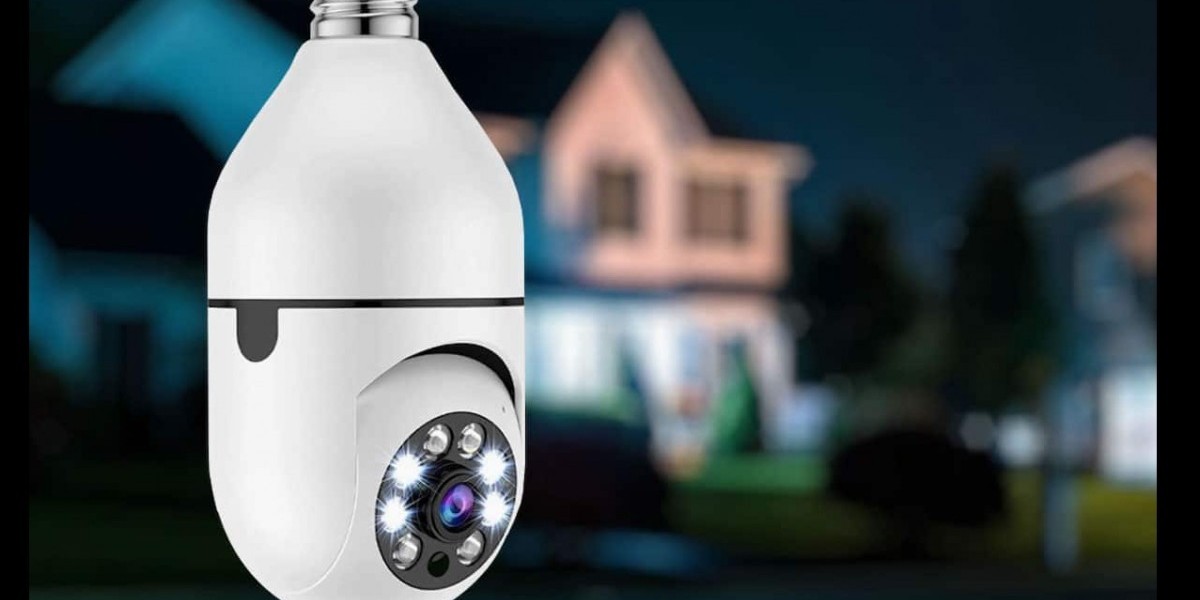For anyone experiencing hearing difficulties, amplified hearing devices can be a real game-changer. They improve sound quality, make conversations, make phone calls, and make watching TV more transparent and enjoyable. But what exactly are these devices? How do they work, and what types of amplified hearing devices are available? This article will explore these questions, providing a complete guide to understanding these helpful tools, often called hearing aid amplifiers or amps.
What Are Amplified Hearing Devices?
Amplified hearing devices are tools designed to enhance sound for people with hearing loss. These devices capture ambient sounds, increase their volume, and deliver them directly to the ear, making hearing speech and environmental noises easier. Unlike traditional hearing aids that are highly customizable and adjust sound based on the user's specific hearing needs, amplified hearing devices are usually simpler in function, focusing on amplifying all sounds equally.
How Do Amplified Hearing Devices Work?
At the most basic level, amplified hearing devices function through three main components:
Microphone: The device picks up sounds from the surrounding environment, such as conversations or ambient noise, through a small microphone.
Amplifier: The device amplifies or boosts the volume of these sounds, making them louder and more accessible to the wearer. The level of amplification can often be adjusted depending on the user's needs.
Speaker (Receiver): The amplified sound is transmitted directly into the ear through a small speaker or receiver, allowing the wearer to hear more clearly.
Unlike custom hearing aids, which are adjusted based on the user's hearing profile, they are amplified hearing devices that make all sounds louder. This works well for many people, but it's important to note that they amplify all sounds, including background noise. For those with mild to moderate hearing loss, this extra volume boost can improve their ability to hear conversations, television programs, or phone calls.
Types of Amplified Hearing Devices
Amplified hearing devices come in several forms, each catering to different needs and situations. Here's a breakdown of the main types:
Personal Sound Amplification Products (PSAPs)
Personal Sound Amplification Products (PSAPs) are designed to amplify environmental sounds. They're often used by people with normal hearing who want to hear distant or quiet sounds better. However, they're also popular with individuals with mild hearing loss and need general sound amplification sound amplification.
Key Features of PSAPs:
Over-the-counter (OTC): PSAPs can be purchased without a prescription, making them more accessible.
Simple Amplification: They boost all sounds, unlike custom hearing aids, which target specific frequencies.
Affordability: PSAPs are typically more affordable than traditional hearing aids, making them a popular choice for those on a budget.
While they are helpful for amplifying sound, PSAPs aren't intended as a replacement for hearing aids. Still, they can provide significant assistance in noisy environments, such as crowded restaurants or busy streets.
Hearing Aid Amplifiers
Hearing aid amplifiers, or amps, are small devices that resemble traditional hearing aids but focus solely on amplifying sound. These devices don't offer advanced noise-canceling features or customization options of more sophisticated hearing aids, but they're easy to use and provide immediate sound amplification.
Advantages of Hearing Aid Amplifiers:
Easy to Use: Most amplifiers come with basic controls, allowing users to adjust the volume.
Compact: They are small and discreet, making them comfortable to wear throughout the day.
Cost-Effective: Hearing aid amplifiers are generally less expensive than traditional hearing aids, providing a cost-effective solution for those who need a little extra help with hearing.
How You Get Benefit of Amplified Hearing Devices
Amplified hearing devices provide numerous benefits for individuals who need help hearing everyday sounds. Here are some of the key advantages:
Enhanced Sound Clarity
Amplified hearing devices make it easier to understand conversations, particularly in noisy environments. These devices provide a more precise audio experience by boosting all sounds, allowing individuals to participate more fully in discussions and social events.
Improved Quality of Life
Daily activities like watching TV, talking on the phone, or engaging in conversations can become frustrating for people with hearing loss. Amplified hearing devices help individuals regain confidence and enjoy these activities again, leading to an improved quality of life.
Affordability
Amplified hearing devices are often much more affordable than traditional hearing aids. This makes them an excellent choice for those with mild to moderate hearing loss who don't want to invest in more expensive custom hearing aids.
Easy Access
Since many amplified hearing devices are available over the counter, they are accessible to a broad audience. There's no need for a doctor's prescription or a specialized fitting, making them a convenient option for people who want a quick solution to their hearing issues.
Simple Operation
Most amplified hearing devices are straightforward, with basic controls for adjusting the volume or switching between modes. This simplicity makes them a good choice for people who want a hassle-free way to improve their hearing.
How to choose the Right Amplified Hearing Device
When choosing an amplified hearing device, there are several factors to consider:
Level of Hearing Loss: An amplified device may be sufficient if you have mild to moderate hearing loss. You may need a more advanced solution, like a traditional hearing aid for severe hearing loss.
Usage Environment: Consider where you'll be using the device most often. If you need help with phone calls, a telephone amplifier might be the best option. If watching TV is challenging, a TV amplifier could be the right choice.
Comfort and Style: Choose a device that fits comfortably and meets your aesthetic preferences. Some people prefer in-ear models, while others may want over-the-ear amplifiers.
Budget: Amplified hearing devices vary widely in price. Consider your budget when selecting a device, but ensure it has the features you need for your hearing level.
Conclusion
Amplified hearing devices are a fantastic option for those with mild to moderate hearing loss who need a simple and affordable way to improve their hearing ability. From hearing aid amplifiers to TV and telephone amplifiers, these devices offer a wide range of solutions to meet various needs. While they may not be as advanced as custom hearing aids, they can still provide significant relief and improve the overall quality of life for those with hearing loss.








